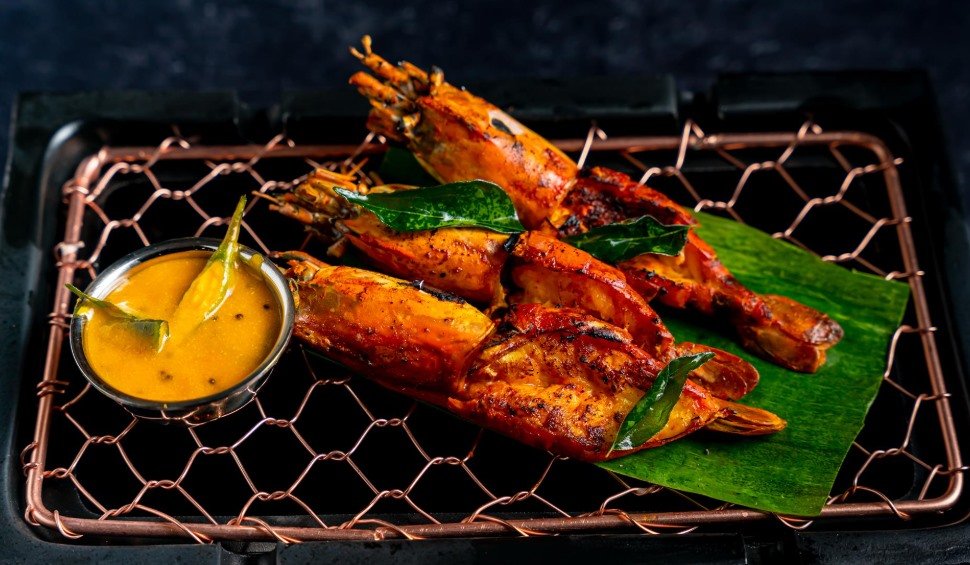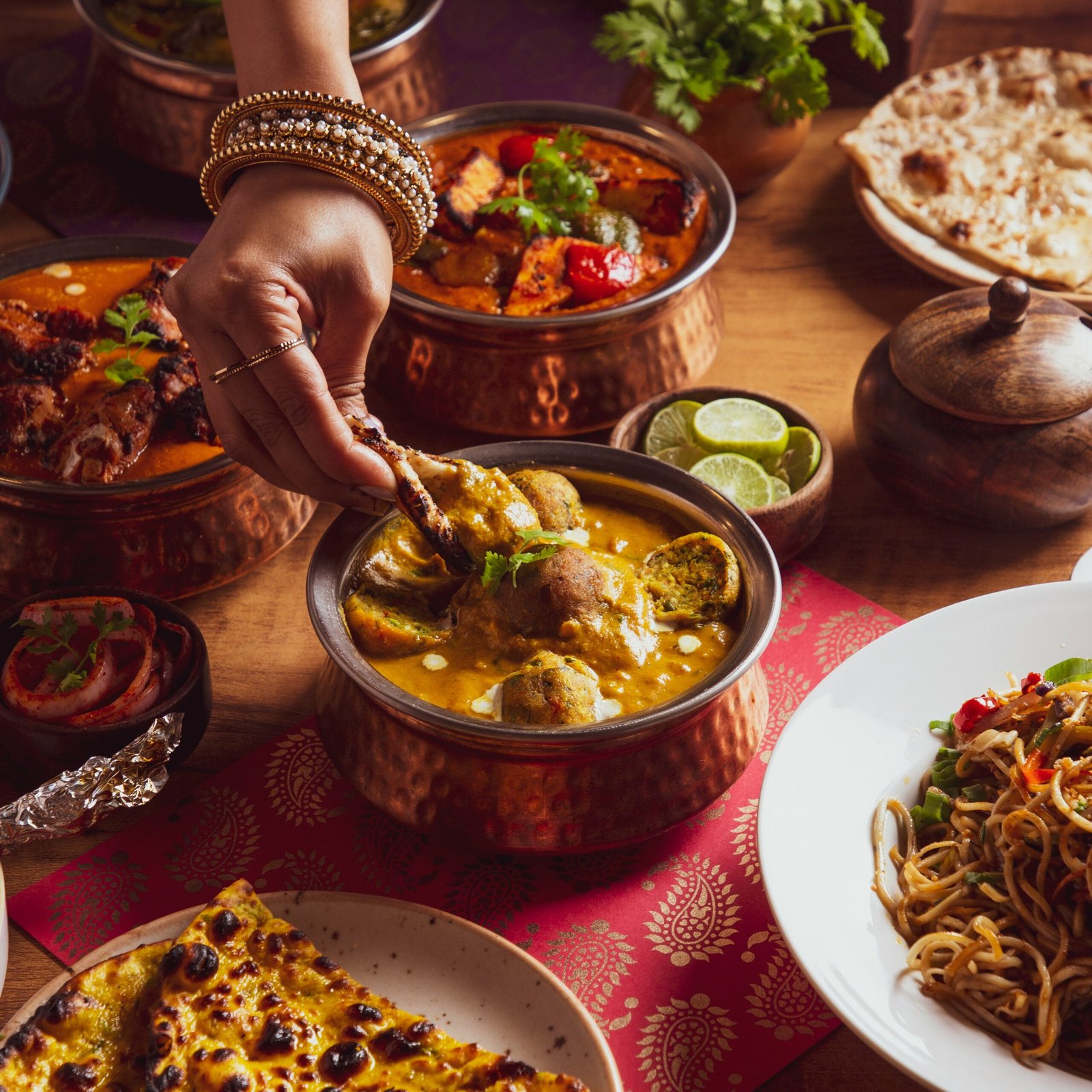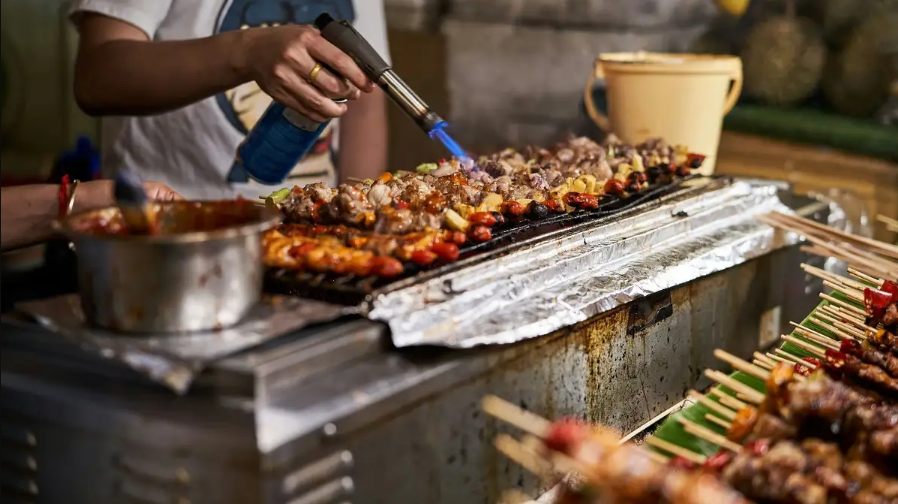
Food and drink are an essential part of every culture. They are more than daily needs; they shape traditions, bring people together, and define lifestyles. Among the many pairings that have survived the test of time, kebab aur sharab holds a unique place. This combination of grilled or roasted meat with alcoholic beverages has been enjoyed for centuries across regions. It continues to remain relevant because it connects history, flavor, and social life in a way that few other food pairings do.
Historical Roots of Kebab aur Sharab
The history of kebabs goes back thousands of years. Soldiers and travelers cooked small pieces of meat over open flames while on journeys. From there, kebabs spread through Central Asia, the Middle East, South Asia, and later into Europe. Each culture added its own spices, marinades, and cooking styles, making the dish diverse yet familiar. Sharab, meaning alcoholic drink, was often paired with kebabs at feasts, festivals, and royal courts. This pairing became a symbol of celebration, luxury, and community gatherings.
Adaptability Across Cultures
One reason kebab aur sharab remains popular is its ability to adapt. Kebabs are not limited to one type of meat or one cooking method. They can be made from lamb, chicken, beef, seafood, or even vegetarian substitutes. Cooking methods vary from skewers over open flames to clay ovens and modern grills. Sharab also adapts to local preferences. In some cultures it is wine, in others beer or spirits. This adaptability allows the pairing to suit a wide variety of tastes, ensuring its place across generations.
Social and Community Value
Kebab aur sharab has always been a symbol of social interaction. From royal courts to family gatherings, it brings people together. Even today, the pairing is often enjoyed during festivals, weddings, or casual get-togethers. The act of grilling kebabs and serving drinks creates an atmosphere of sharing and celebration. This social value adds to its timeless appeal because food is not just about eating—it is about connecting with others.
Flavor and Sensory Experience
The taste of kebab aur sharab is another reason for its long-lasting charm. Kebabs are flavorful because of spices, marinades, and cooking methods. The smokiness of grilled meat combined with herbs and sauces creates a memorable experience. When paired with sharab, the drink balances the richness of the meat and enhances the overall flavor. This sensory experience has been appreciated for centuries, and it continues to attract both traditional food lovers and modern diners.
Cultural and Literary Significance
Kebab aur sharab is not only present in kitchens and restaurants but also in culture. Historical records, poems, and stories mention this pairing as a symbol of joy and sophistication. In Persian poetry and Indian literature, kebabs and sharab are often described as part of royal feasts and gatherings. This cultural representation shows how deeply the tradition is rooted in society. When people enjoy it today, they are also connecting with a history that spans centuries.
Modern Adaptations in Dining
Restaurants and chefs around the world have played an important role in keeping kebab aur sharab relevant. From fine dining establishments to street food vendors, the pairing is widely available. Chefs experiment with new spices, presentations, and pairing ideas, but the essence remains the same. Food festivals frequently highlight kebabs served with beverages, and social media spreads this culture globally. These efforts keep the tradition alive while making it attractive to younger audiences.
A Global Experience
Although kebab aur sharab originated in specific regions, it has now become a global tradition. In Turkey, kebabs are paired with local wines. In India, they are often served with beer. In Iran and the Middle East, they are part of family celebrations. Across Europe and North America, fusion versions of kebabs are served with modern drinks. This global acceptance proves that kebab aur sharab has universal appeal, crossing borders and cultures while retaining its essence.
Generational Appeal
One of the strongest reasons kebab aur sharab remains timeless is its appeal to different generations. Older generations value it for its cultural and traditional roots. Younger people are drawn to it for its taste, variety, and presentation. Modern adaptations such as vegetarian kebabs or alcohol-free alternatives ensure that the pairing is inclusive for everyone. This ability to satisfy both tradition and modern lifestyle makes kebab aur sharab a bridge between generations.
Health-Conscious Versions
With the rise of health awareness, kebab aur sharab has adapted as well. Lean meats, seafood, and plant-based proteins are increasingly used in kebabs. Non-alcoholic versions of sharab, such as mocktails and flavored drinks, are also becoming popular. These alternatives allow people to enjoy the tradition without compromising on health goals. The fact that the pairing can evolve with changing dietary preferences shows its resilience and timelessness.
Role in Literature and Media
Beyond food culture, kebab aur sharab has appeared in media and art. Historical paintings often show tables filled with grilled meat and drinks. Poets and writers use it as a symbol of leisure and celebration. In modern times, food blogs, vlogs, and social media posts keep the tradition alive. By being part of both old literature and modern digital platforms, kebab aur sharab continues to stay relevant.
The Future of Kebab aur Sharab
Looking ahead, kebab aur sharab is likely to remain popular worldwide. Fusion cuisines and global food trends ensure that new variations will continue to emerge. Chefs may combine flavors from different cultures, creating fresh experiences while respecting tradition. At the same time, the classic pairing of grilled meat and a drink will never lose its charm. This balance between innovation and tradition guarantees that kebab aur sharab will remain a part of food culture for future generations.
Conclusion
Kebab aur sharab is more than just food and drink; it is a reflection of history, culture, and human connection. From ancient soldiers cooking meat over fire to modern restaurants serving creative variations, the pairing has stood the test of time. Its adaptability, social value, flavor, and cultural significance have made it timeless. Whether enjoyed at a festive celebration, a casual dinner, or an international food festival, kebab aur sharab continues to bring people together. Its ability to connect the past with the present ensures that it will always remain a cherished food experience.
Read more: How Food Tells the Story of Every Culture


